In 2004, psychologist Barry Schwartz popularized the notion of the paradox of product choice increasingly available to consumers: overwhelming choice paralyzes rather than liberates buyers. Jack Trout, who introduced the concept of product positioning, re-labeled this observable effect as the tyranny of choice.
As recently as 1994, the choices that a consumer had knowledge of typically numbered no more than about 30,000: what was visible in stores, viewable through broadcast and print media, and observable in what others brought to, wore or talked about at your home or workplace.
Today, Amazon carries an estimated 2 million SKUs. If every item that Amazon stocks – book, toaster, bottle of vitamins, garden hose and vacuum cleaner – moved along a conveyor belt every 5 seconds, it would take almost 116 continuous days to see all the items that Amazon sells. Add items like the crafts and curiosity pieces you might see at an Arts and Crafts show – or goods you encounter when you travel abroad – and the volume of choice becomes staggering.
What becomes almost limitless choice for buyers becomes a daunting challenge for sellers: getting noticed on a buyer’s radar screen, let alone getting the buyer’s attention.
Online distribution has drastically lowered the entry cost of reaching markets (for all intents and purposes, it is negligible) when a mere twenty years ago mail and telephone were the only true affordable options for most sellers. Today, a college student can start a business with worldwide distribution for just a few dollars (I know many entrepreneurs who started out exactly this way).
With the decreasing cost of outreach in lockstep with the hyperbolic growth of choice, this issue is no longer about reaching potential buyers. It is about rising above the noise to establish a meaningful, durable and sustainable connection with buyers.
There are no silver bullets, tricks or “secrets” to doing this. There only two things that matter.
First, use a variety of sensible mechanisms to reach potential buyers – consistently and persistently.
Second, connect at the center of value for a buyer by delivering a great product or service at a great price. Creating a satisfied buyer gives you a unique opportunity: having the customer connect to her colleagues and friends, and in turn connecting them to you.


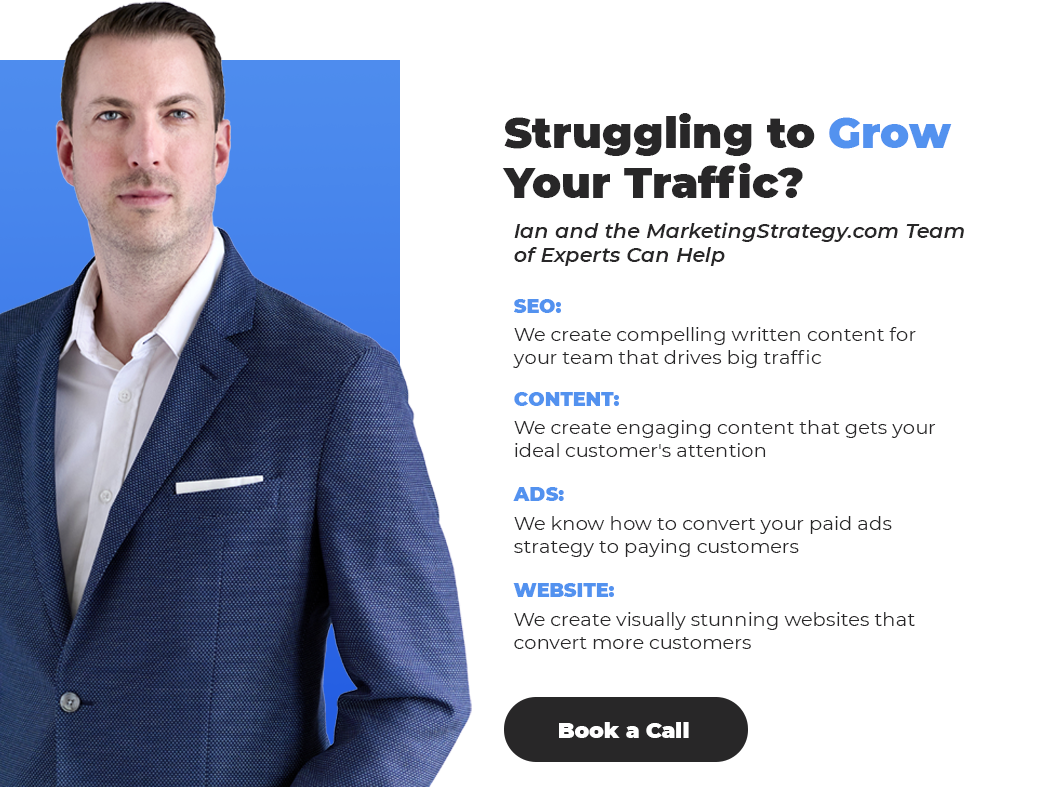





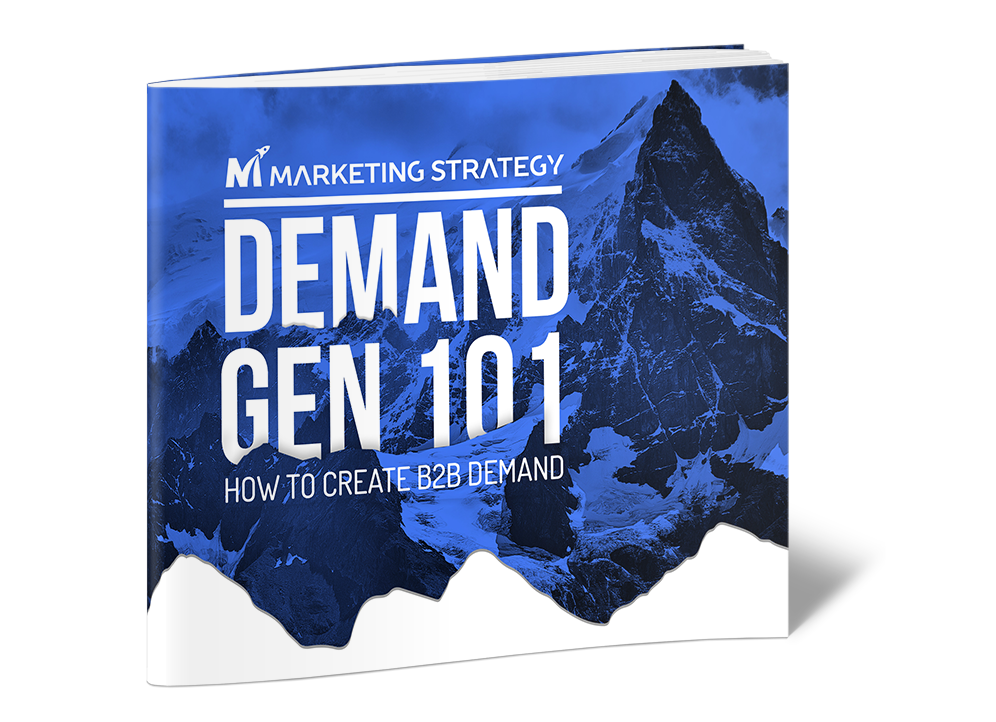

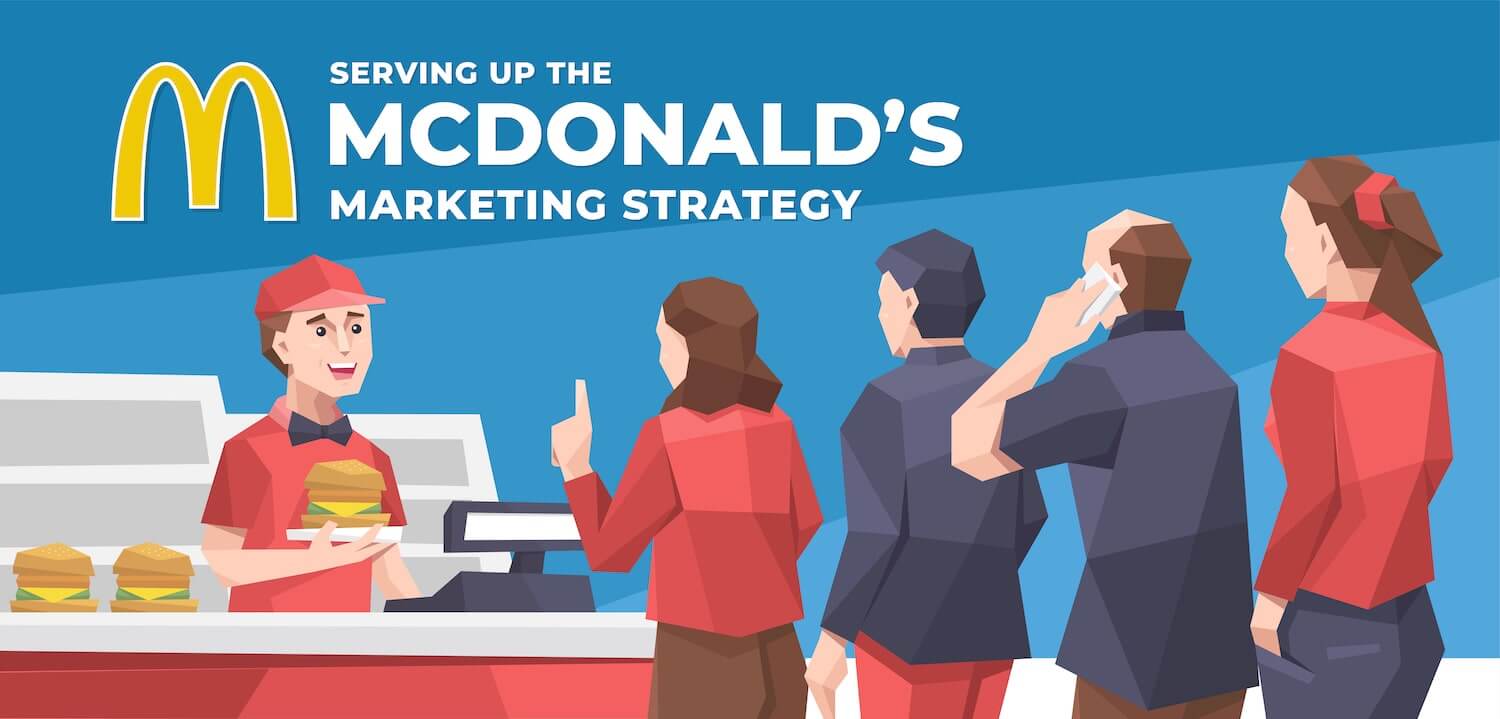
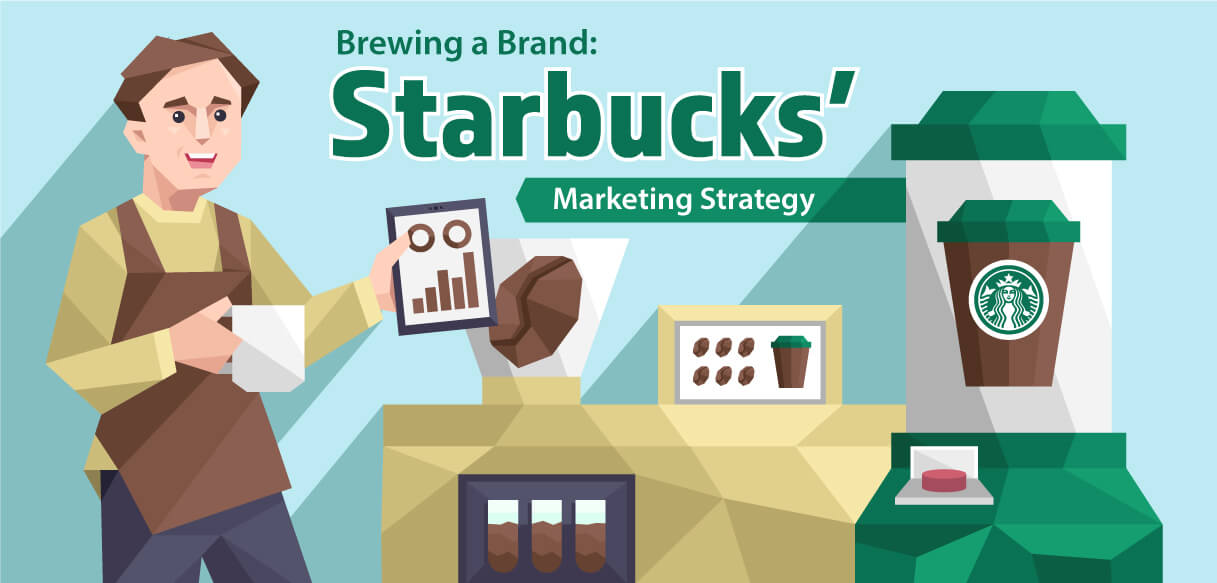
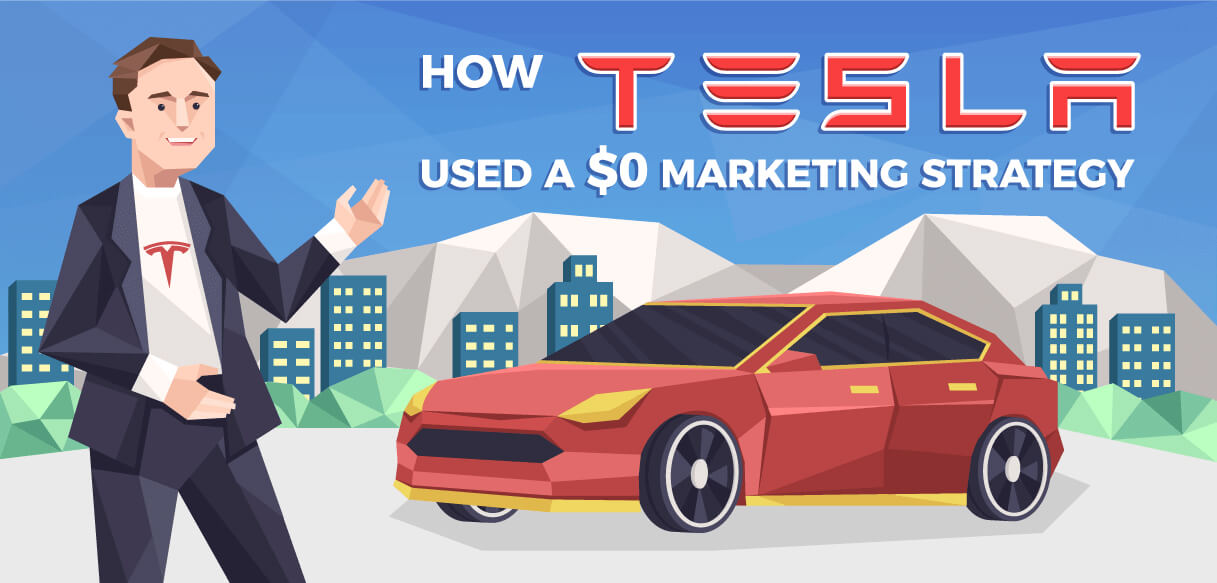
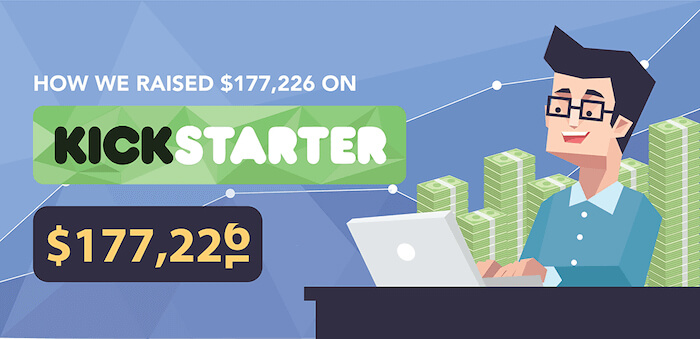
Leave a Reply